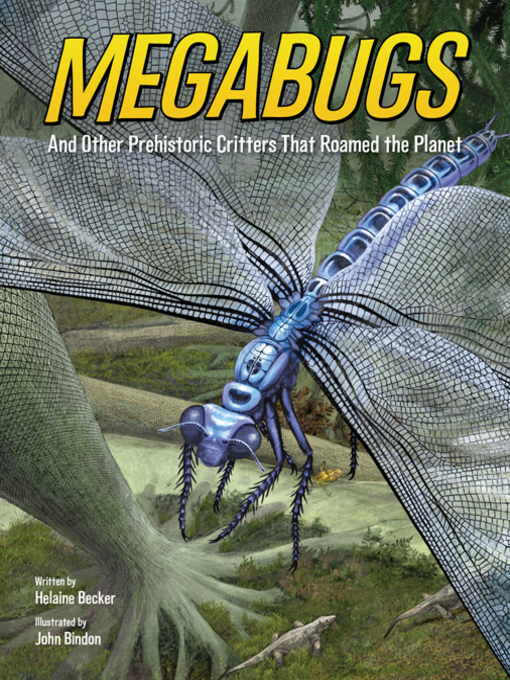Meet some gigantic prehistoric critters!
A bug the size of a small crocodile? Or as large as a basketball player? As scary as it seems, supersized, insect-like creatures such as these roamed Earth long before humans. This peek into prehistory introduces seven of these fascinating megabugs — the ancestors of modern-day insects, spiders, crabs and other arthropods — which lived from 480 million to 47 million years ago. It explores when, where and how they each lived, why they grew so big and what caused their eventual extinction.
Kids will never look at bugs the same way again!



